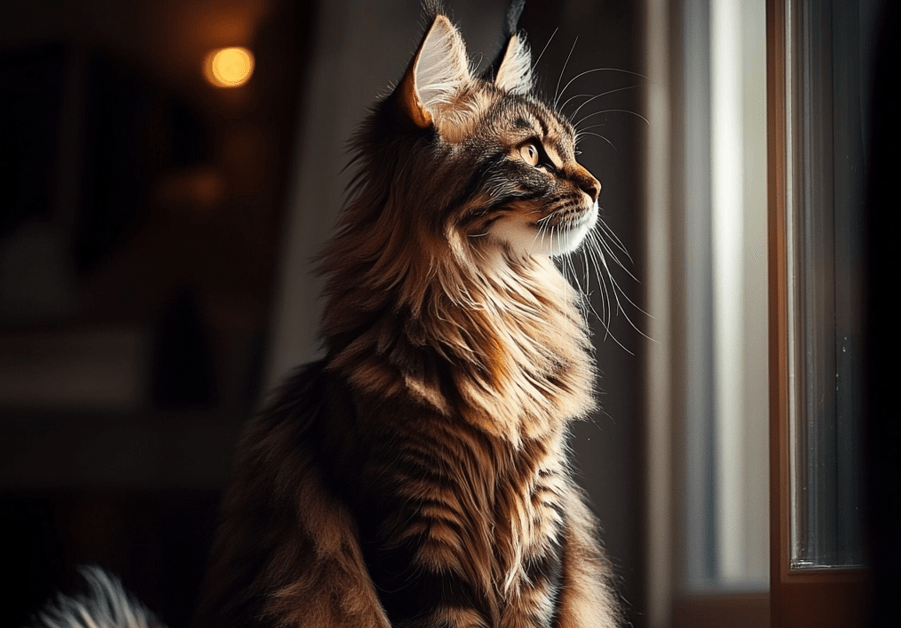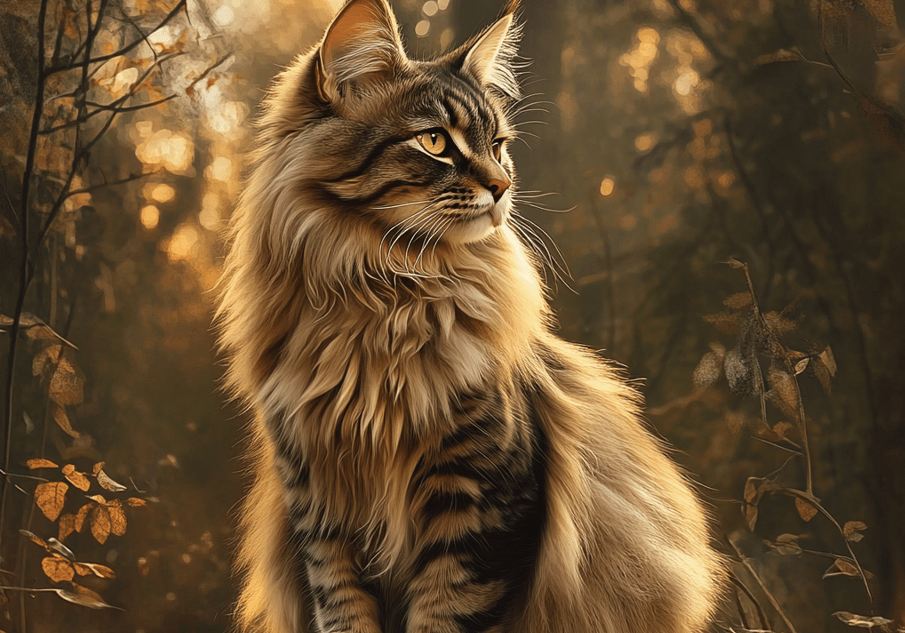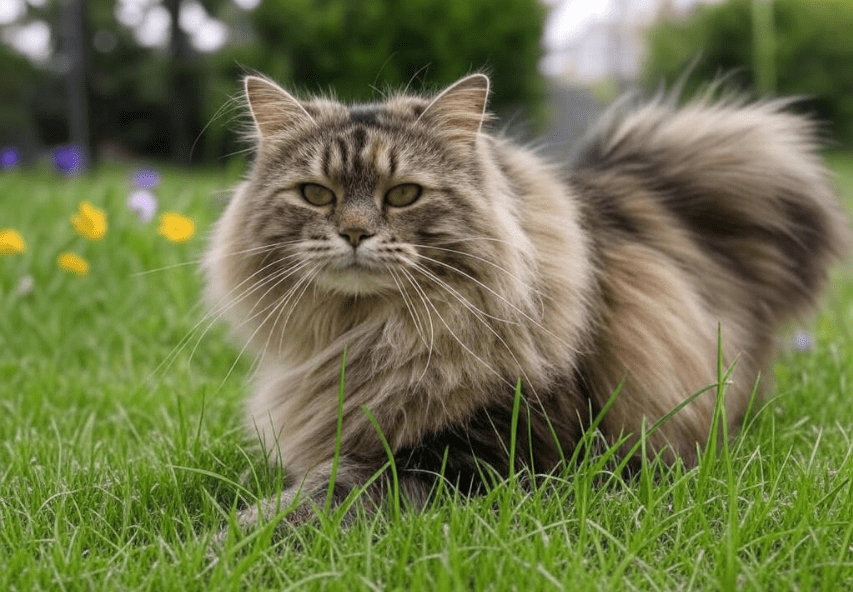
Maine Coon nail trimming is an essential part of caring for this majestic, long-haired breed known for its gentle temperament and large size. Regular nail maintenance keeps your Maine Coon comfortable, prevents damage to furniture, and reduces the risk of injury to both you and your cat. While their tufted paws and playful nature make them a joy to own, trimming a Maine Coon’s nails can feel daunting for new owners. This comprehensive guide provides a step-by-step approach to Maine Coon nail trimming, along with expert tips, tools, and techniques to make the process stress-free and effective.
Why Maine Coon Nail Trimming Is Important
Maine Coons, often called “gentle giants,” have unique physical traits that make nail trimming a critical aspect of their care. Their large paws and active lifestyle mean their nails can grow quickly and become sharp, leading to several potential issues if left untrimmed:
Discomfort: Overgrown nails can curl into the paw pads, causing pain and limping.
Infections: Ingrown nails or tears may lead to infections, requiring veterinary attention.
Furniture Damage: Sharp claws can scratch furniture, floors, or carpets.
Injury Risk: Long nails increase the chance of accidental scratches during play.
Joint Stress: Overgrown nails can alter a Maine Coon’s gait, putting strain on joints, especially in their large frames.
Regular nail trimming ensures your Maine Coon stays healthy, comfortable, and safe while maintaining harmony in your home.
Understanding Maine Coon Nail Anatomy
Before diving into the trimming process, it’s helpful to understand the anatomy of a Maine Coon’s nails:
Nail Structure: The outer part of the nail is made of keratin, a hard protein. The inner part, called the quick, contains blood vessels and nerves.
Quick Visibility: In Maine Coons with light-colored nails, the quick appears pink and is easy to see. In darker nails, it’s harder to identify, requiring extra caution.
Polydactyly: Some Maine Coons have extra toes (polydactyly), meaning more nails to trim. Check all toes carefully.
Knowing the nail’s structure helps you trim safely and avoid cutting the quick, which can cause pain and bleeding.
Tools Needed for Maine Coon Nail Trimming

Having the right tools makes Maine Coon nail trimming easier and safer. Here’s what you’ll need:
Cat Nail Clippers: Choose high-quality clippers designed for cats. Options include:
Scissor-Style Clippers: Ideal for precision and control.
Guillotine-Style Clippers: Suitable for larger nails but require more skill.
Grinder Tools: Electric grinders smooth nails but may startle some cats.
Styptic Powder or Gel: Stops bleeding if you accidentally cut the quick.
Treats: High-value treats (e.g., tuna or catnip) reward your Maine Coon and create positive associations.
Towel or Blanket: Useful for wrapping a resistant cat (the “purrito” method).
Good Lighting: Helps you see the quick clearly, especially with dark nails.
Non-Slip Surface: A stable, comfortable surface like a table or lap prevents slipping.
Optional tools include a scratching post to naturally wear down nails and a calming pheromone spray to reduce stress.
Preparing for Maine Coon Nail Trimming
Preparation is key to a successful nail-trimming session, especially for a large and potentially strong Maine Coon. Follow these steps to set the stage:
1. Get Your Maine Coon Comfortable
Start Early: Introduce nail trimming when your Maine Coon is a kitten to build familiarity.
Handle Paws Regularly: Gently touch and massage your cat’s paws during play or cuddles to desensitize them.
Use Positive Reinforcement: Offer treats or praise when your cat allows paw handling.
2. Choose the Right Time
1.Trim nails when your Maine Coon is relaxed, such as after a meal or nap.
2.Avoid trimming during high-energy playtime or if your cat is stressed.
3. Create a Calm Environment
1.Pick a quiet room free from distractions like loud noises or other pets.
2.Use a pheromone diffuser (e.g., Feliway) to promote relaxation.
3.Have all tools within reach to avoid interrupting the process.
4. Familiarize Your Cat with the Clippers
1.Let your Maine Coon sniff the clippers and associate them with treats.
2.Make a clipping sound near their ears to get them used to the noise.
Step-by-Step Guide to Maine Coon Nail Trimming
Follow this detailed process to trim your Maine Coon’s nails safely and efficiently.
Step 1: Position Your Maine Coon
Lap Method: Sit with your cat on your lap, facing away from you, for a relaxed session.
Table Method: Place your Maine Coon on a non-slip surface with you standing or sitting beside them.
Helper Method: If your cat is resistant, have a second person gently hold them.
Purrito Method: For very uncooperative cats, wrap them snugly in a towel, exposing one paw at a time.
Ensure your Maine Coon feels secure but not restrained to avoid stress.
Step 2: Expose the Nails
1.Gently press on the paw pad to extend the nails.
2.Hold the paw firmly but not tightly to prevent wiggling.
3.If your Maine Coon pulls away, pause, offer a treat, and try again.
Step 3: Identify the Quick
1.Look for the pink quick in light-colored nails and avoid cutting into it.
2.For dark nails, trim small amounts at a time, checking the cut surface for a grayish oval (indicating you’re near the quick).
Step 4: Trim the Nails
1.Position the clippers at a 45-degree angle, cutting just beyond the nail’s curve.
2.Trim 1–2 mm at a time to stay safe, especially with dark nails.
3.Focus on the sharp tip, leaving enough nail to protect the quick.
4.For polydactyl Maine Coons, check all toes, as extra nails may hide between them.
Step 5: Reward and Monitor
1.Offer a treat or praise after trimming each paw to reinforce positive behavior.
2.Check for smooth edges; if jagged, use a nail grinder or file to smooth them.
3.Monitor your cat’s behavior post-trimming for signs of discomfort.
Step 6: Handle Mishaps
1.If you cut the quick, apply styptic powder or gel to stop bleeding.
2.Stay calm to avoid alarming your Maine Coon, and offer comfort.
3.If bleeding persists beyond a few minutes, contact your veterinarian.
Step 7: Frequency and Maintenance
1.Trim your Maine Coon’s nails every 2–4 weeks, depending on growth rate.
2.Active cats with scratching posts may need less frequent trimming.
3.Check nails weekly to catch overgrowth early.
Tips for Successful Maine Coon Nail Trimming
To make nail trimming a positive experience, incorporate these expert tips:
Start Small: If your Maine Coon is nervous, trim one or two nails per session and gradually increase.
Stay Patient: Never force the process, as this can create long-term fear.
Use High-Value Rewards: Offer treats your cat loves to build trust.
Keep Sessions Short: Aim for 5–10 minutes to avoid overwhelming your cat.
Observe Body Language: Stop if your Maine Coon shows signs of stress (e.g., flattened ears, growling, or swatting).
Involve Play: Engage your cat in play before trimming to burn off excess energy.
Regular Paw Checks: Inspect paws for dirt, cuts, or abnormalities during trimming sessions.
Common Challenges and Solutions
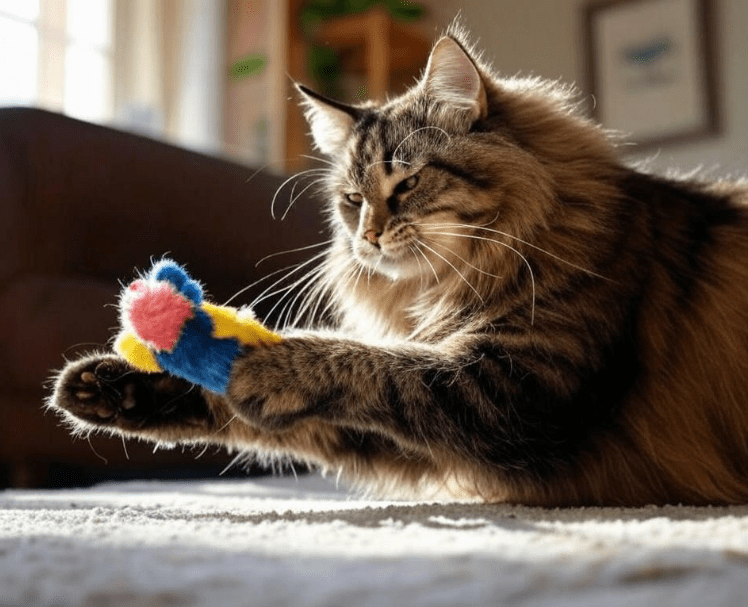
Maine Coon nail trimming can present challenges, especially for first-time owners. Here’s how to address common issues:
1. Resistance or Aggression
Issue: Your Maine Coon squirms, swats, or tries to escape.
Solution: Use the purrito method, take breaks, or consult a professional groomer. Desensitize them to paw handling over time.
2. Fear of Clippers
Issue: The sound or sight of clippers scares your cat.
Solution: Introduce clippers gradually with treats. Consider a quieter grinder if clippers remain an issue.
3. Dark Nails
Issue: Difficulty identifying the quick in dark nails.
Solution: Trim tiny amounts and use a flashlight to illuminate the nail. If unsure, seek veterinary guidance.
4. Overgrown or Ingrown Nails
Issue: Nails have grown into the paw pad, causing pain.
Solution: Do not attempt to trim ingrown nails yourself. Visit a veterinarian for safe removal and treatment.
5. Bleeding from Quick Cuts
Issue: Accidentally cutting the quick causes bleeding.
Solution: Apply styptic powder immediately and keep your cat calm. Monitor for infection and consult a vet if needed.
Alternative Options to Nail Trimming
If trimming your Maine Coon’s nails proves too challenging, consider these alternatives:
Scratching Posts: Encourage regular use of scratching posts or pads to naturally wear down nails.
Nail Caps: Soft, vinyl caps (e.g., Soft Paws) can be glued over nails to prevent scratching. Replace every 4–6 weeks.
Professional Grooming: A veterinarian or professional groomer can trim nails safely, especially for resistant cats.
Laser Trimming: Some veterinary clinics offer laser-based nail trimming for precision and comfort.
Note that these alternatives may not fully replace regular trimming, so consult your vet for the best approach.
Maine Coon Nail Trimming for Special Cases
Certain situations require tailored approaches to nail trimming:
Kittens: Start trimming early to build tolerance. Use smaller clippers and trim only the tips.
Senior Maine Coons: Older cats may have brittle nails or arthritis, requiring gentler handling and more frequent checks.
Polydactyl Maine Coons: Extra toes mean more nails, so inspect carefully to avoid missing any.
Cats with Health Issues: Conditions like diabetes or infections may affect nail growth, necessitating veterinary oversight.
Preventing Maine Coon Nail Problems
Proactive care can minimize nail-related issues and make trimming easier:
Provide Scratching Surfaces: Offer a variety of scratching posts (sisal, cardboard, wood) to keep nails in check.
Monitor Nail Growth: Check nails weekly, especially for indoor cats with less natural wear.
Maintain Paw Hygiene: Clean paws regularly to prevent dirt buildup or infections.
Regular Vet Visits: Include nail checks during annual exams to catch issues early.
Healthy Diet: A balanced diet with biotin and omega-3 fatty acids supports strong, healthy nails.
When to Seek Veterinary Help
1.Contact your veterinarian if you notice:
2.Persistent resistance or aggression during trimming.
3.Overgrown, ingrown, or split nails causing pain or limping.
4.Signs of infection, such as swelling, redness, or discharge around nails.
5.Excessive bleeding or prolonged discomfort after trimming.
6.Changes in nail appearance (e.g., discoloration, brittleness) that may indicate health issues.
7.A vet can provide professional trimming, treat underlying conditions, or recommend a groomer for challenging cases.
Benefits of Regular Maine Coon Nail Trimming
Consistent nail trimming offers numerous benefits for both you and your Maine Coon:
Improved Comfort: Prevents pain from overgrown or ingrown nails.
Reduced Damage: Protects furniture and floors from scratches.
Stronger Bond: Positive trimming sessions build trust between you and your cat.
Health Monitoring: Regular paw checks help you spot injuries or infections early.
Enhanced Mobility: Properly trimmed nails support a healthy gait, especially for large Maine Coons.
Conclusion
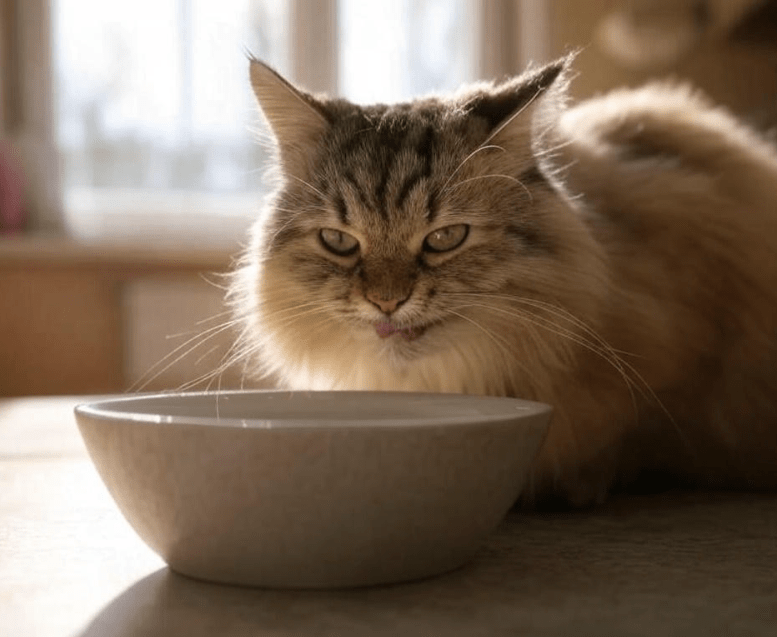
Maine Coon nail trimming is a vital part of responsible pet ownership, ensuring your cat’s comfort, health, and happiness. By following this step-by-step guide—preparing properly, using the right tools, and employing positive reinforcement—you can make nail trimming a stress-free routine for both you and your Maine Coon. Whether you’re a new owner or an experienced one, this comprehensive resource equips you with the knowledge and confidence to keep your Maine Coon’s nails in top shape. For challenging cases, don’t hesitate to seek professional help from a veterinarian or groomer.
With patience, practice, and care, Maine Coon nail trimming can become a bonding experience that strengthens your relationship with your gentle giant. Keep their paws healthy, and they’ll continue to bring joy with every playful pounce and affectionate nuzzle.

